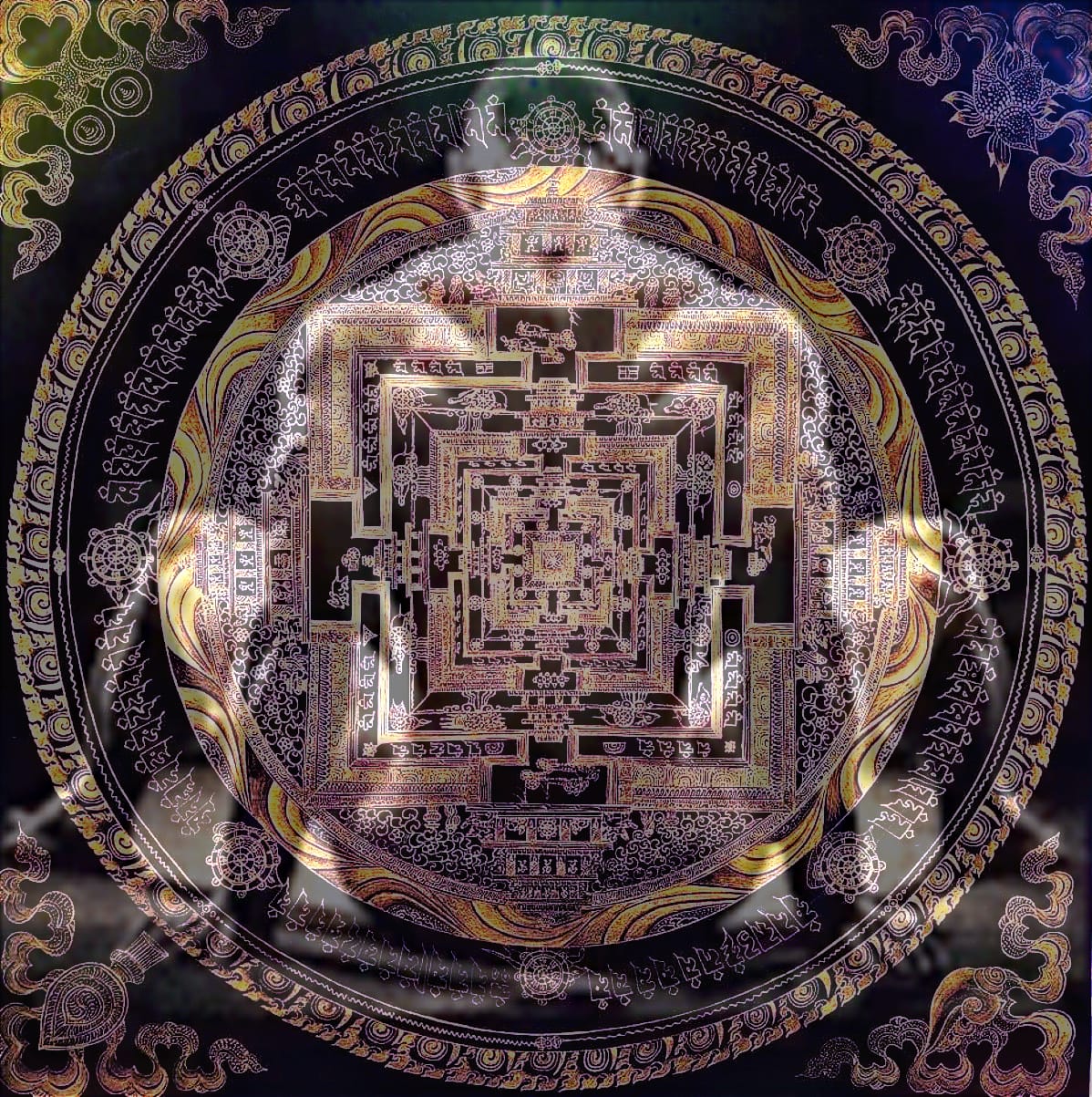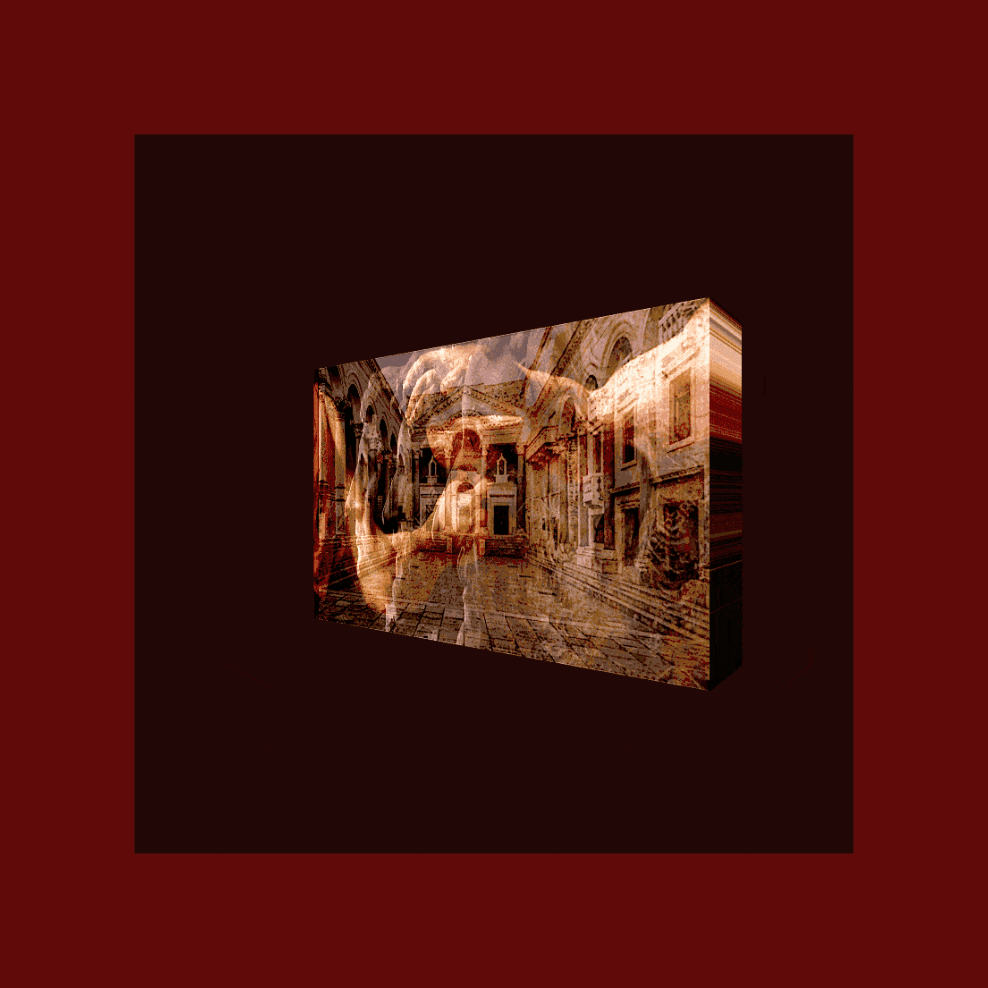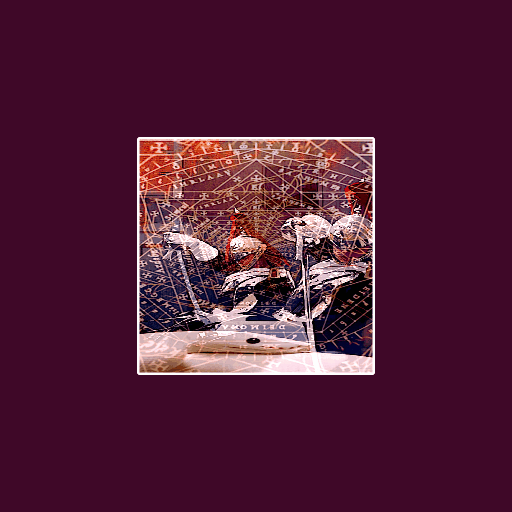The Mystic Voyant Seer Vision: of Marie Stuart Queen of Scots Song Lyrics Revolutionizes Acadian Music
Groundbreaking trilogy about Mary Queen of Scots emerges through the prophetic visions of a deaf-mute mystic who once walked French country side.

A piece inspired by the Carbon 14 and La La Human Step, the Contemporary French Canadian artist's work narrative style, by active and dynamic creator Theriault, was very inspired by when he lived in Montreal in the 1990s. Something the dead in the water, Pride and Grou Tyme conservative backward thinking, Acadian Heritage Patrimonial Oligarch clan could use a bit more to bring them up to the New World order of things for a change, as opposed to the same old old.
The latest three-part Cajun Dead et le Talkin`Stick Acapella song lyric project Revolutionizes Acadian Music
An unprecedented musical narrative is unfolding in the Cajun Dead et le Talkin`Stick creative studio in Nova Scotia. Cajun Dead et le Talkin Stick's latest project doesn't just push boundaries—it shatters them entirely. The groundbreaking trilogy about Mary Queen of Scots emerges not through the conventional lens of historical documentation, but through the prophetic visions of a deaf-mute mystic who once walked the French countryside.
When Darkness Yields to Royal Vision
The story begins in 1548 at the majestic Château d'Amboise sur La Loire, where our mysterious seer—a child born into a world of silence—experienced an extraordinary awakening. This pivotal moment, when his seer sight first pierced the night, coincided with young Mary Stuart's arrival in the French countryside. The synchronicity of these events forms the foundation of a musical journey that transcends traditional storytelling.
La version française est encore plus intéressante
Marie Stuart Dub Deb Deb Dub
What makes this narrative particularly compelling is its departure from the expected. Rather than relying on historical accounts or popular interpretations of Mary's life, Cajun Dead et le Talkin`Stick introduces us to a perspective between prophecy and poetry. The seer's visions, translated into haunting a cappella verses, offer glimpses into moments that no historical record could capture—the private thoughts, hidden fears, and unspoken prayers of a queen destined for tragedy.

Revolutionizing Cultural Expression
The impact of this project extends far beyond its historical subject matter. In an era where Acadian culture faces the mounting pressures of assimilation within Nova Scotia's evolving cultural landscape, Cajun Dead et le Talkin Stick have crafted something revolutionary. Their work starkly contrasts the familiar themes of traditional Acadian music—the celebratory kitchen party songs and anthems of cultural pride that, while beloved, have begun to feel insufficient for expressing the complexity of modern Acadian identity.
The decision to preview the trilogy's final chapter first proves particularly masterful. This concluding piece, focusing on the morning of February 8, 1587, at Fotheringhay Castle, is a powerful introduction to their artistic vision. Through the seer's supernatural insight, listeners experience Mary's final hours with an intimacy that borders the spiritual. The stripped-down vocal arrangements, delivered entirely in French, achieve a rare balance of historical gravity and emotional resonance.
The Power of Prophetic Poetry
What truly distinguishes this project is its innovative approach to lyrical composition. The French verses, stark in their simplicity yet profound in their imagery, paint vivid pictures of scenes separated by centuries. The seer's visions manifest in lines that blur the boundaries between prophecy and memory, creating an emotional landscape that feels both ancient and immediately present. The entire narrative is seen through the eyes of the deaf mute seer at the monastery across the river from the fields on the slopes to the castle where Marie Stuart was when she was l7 years old with a mane of flaming red-orange hair.
The narrative follows her to her day at the no longer existing castle in England, with Elisabeth signing the end of the court intrigue story.
Consider the contrast: while traditional Acadian songs often rely on familiar rhythms and communal experiences, this trilogy ventures into territory where the personal becomes universal. The seer's account of Mary's final moments—her dignity in the face of death, her final prayers, and her unwavering faith—transforms a well-documented historical event into an intimate spiritual journey.
A Cultural Renaissance in the Making
The significance of this project extends beyond its artistic merits. In a region where cultural preservation often means looking backward, Cajun Dead et le Talkin Stick demonstrate that innovation can serve as a form of conservation. Their trilogy proves that Acadian musical expression can evolve beyond its traditional boundaries while maintaining its essential cultural DNA.
This evolution comes at a crucial moment. As Nova Scotia's cultural landscape changes, the need for fresh artistic perspectives becomes increasingly urgent. The trilogy's success in bridging historical narrative with contemporary artistic expression offers a potential blueprint for cultural innovation—a way to honour traditional forms while creating something entirely new.
The project's impact is already being felt throughout the Acadian artistic community. Cajun Dead et le Talkin Stick have opened new possibilities for creative expression by demonstrating that traditional culture can engage with sophisticated historical and spiritual themes. Their work suggests that the future of Acadian music lies not in rigid preservation but in bold reinvention.
As the full trilogy prepares for release, anticipation builds around how this unique perspective on Mary Queen of Scots will unfold. The preview of the final chapter, with its haunting a cappella delivery and poetic French lyrics, has already established the project as a watershed moment in Acadian musical history. It stands as proof that cultural evolution need not mean assimilation—that the boldest innovations can strengthen and revitalize traditional cultural expressions.
This remarkable fusion of historical narrative, mystical vision, and musical innovation may well represent the future of Acadian artistic expression. Tradition and innovation dance together perfectly in the future, creating something entirely new while honouring what came before.

FAQ:
What is the Cajun Dead et le Talkin' Stick music project?
The Cajun Dead et le Talkin' Stick project is a groundbreaking music initiative that reshapes the narrative of Acadian music. It features a trilogy about Mary Queen of Scots, told through the prophetic visions of a deaf-mute mystic, blending historical narrative with contemporary artistic expression.
How does the Cajun Dead et le Talkin' Stick project reflect French Canadian culture?
This project deeply incorporates French Canadian culture by using a cappella French verses and innovative lyrical compositions. It highlights the evolution of Acadian musical expression, maintaining cultural DNA while introducing fresh artistic perspectives.
Who is the target audience for the Cajun Dead et le Talkin' Stick project?
The target audience includes lovers of French Canadian culture and the arts, particularly those interested in visionary artistic projects that push creative boundaries and explore historical narratives through innovative means.
What makes the trilogy about Mary Queen of Scots unique?
The trilogy is unique due to its narrative told through the visions of a deaf-mute mystic, painting prophetic and poetic images that blend prophecy and memory. It offers an intimate, spiritual connection to well-documented historical events, evolving beyond traditional storytelling.
Why is the Cajun Dead et le Talkin' Stick project significant for Acadian music?
The project is significant as it redefines traditional Acadian music, demonstrating how innovation can serve as a form of cultural preservation. It offers a blueprint for bridging historical narratives with new artistic expressions, enhancing modern Acadian identity.
How does the project's artistic approach affect its reception in the Acadian community?
By engaging with sophisticated historical and spiritual themes, the project's artistic approach has opened new possibilities for Acadian artistic expression. It suggests that the future of Acadian music lies in bold reinvention rather than rigid preservation.
Canadian arts and culture?
This project highlights the potential for artistic innovation within Canadian culture, pushing the boundaries of traditional expressions. Integrating historical narratives with visionary art can revitalize and strengthen cultural identities.

